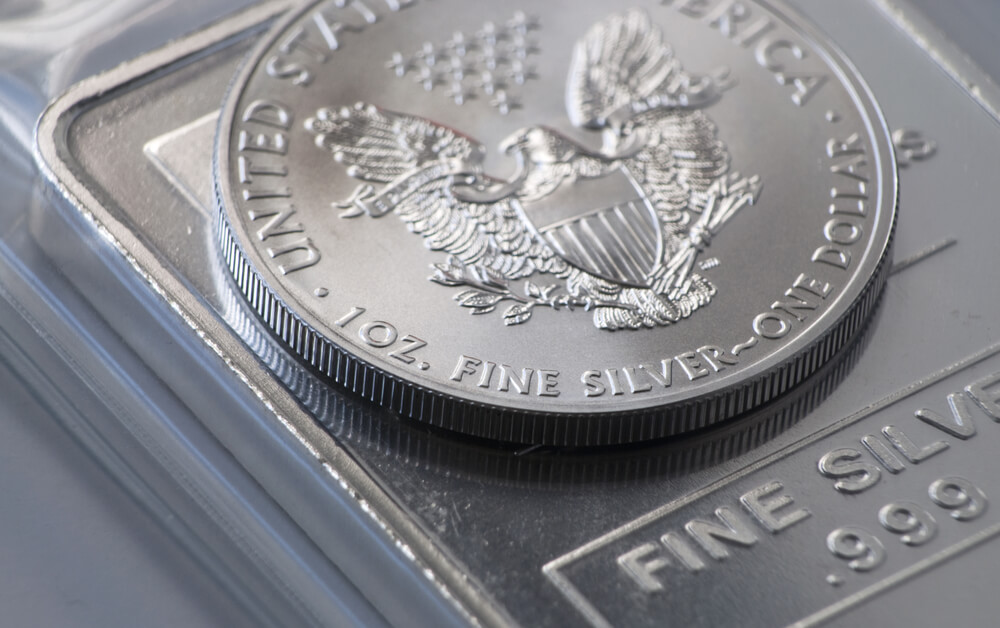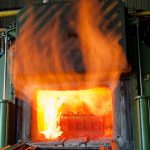Some people aren’t too clear about the difference between a refinery and a mint. The confusion is understandable, as both entities deal with precious metals, and some mints are also refineries. But there are some key things that distinguish mints and refineries from each other.
So, to help you better understand the purposes of each, here’s a quick look at the difference between a refinery and a mint.
Basic Information About Refineries
The primary purpose of refineries is to, well, refine precious metals. Basically, they take scrap, jewelry, and other items containing commercially valuable metals like gold, silver, platinum, palladium, and rhodium; separate the components; melt and purify the precious metals; and then recast them into high-purity bars. This allows the metal to return to the market in a more practical form.
Refineries recast existing precious metal bars into smaller or larger ones, too. Also, they offer assaying services, meaning they test the precious metal content of an object, weigh it, and value it. Some also manufacture and sell bullion or precious metal components to be used in jewelry and other goods. And then there are refineries that offer precious metal storage or other related services, and that trade precious metals on the global market.
One important thing to point out regarding the difference between a refinery and a mint is that refineries are usually privately owned companies. Mints, on the other hand, are typically owned by governments. But more on that below. A refinery’s customers include organizations like mining companies, banks, jewelry businesses, metal recycling companies, and dental practices.
Manhattan Gold & Silver is a refinery, so feel free to explore our website to get a better idea of what we do and who we do it for.
Basic Information About Mints
The main function of a mint is to produce coinage. These include coins circulated as national currency as well as bullion coins used for investing and collecting purposes.
As mentioned above, mints are usually owned by national governments because of their role in producing currency. A few examples include the United States Mint, the Royal Canadian Mint, and the Perth Mint in Australia.
And again, some mints operate their own refinery. The Royal Canadian Mint and Perth Mint both do so. This allows them to more efficiently and cost-effectively produce their own supply of bullion to use in minting coins. It also means they can produce investment-grade bullion bars to sell and trade as an additional source of revenue.












